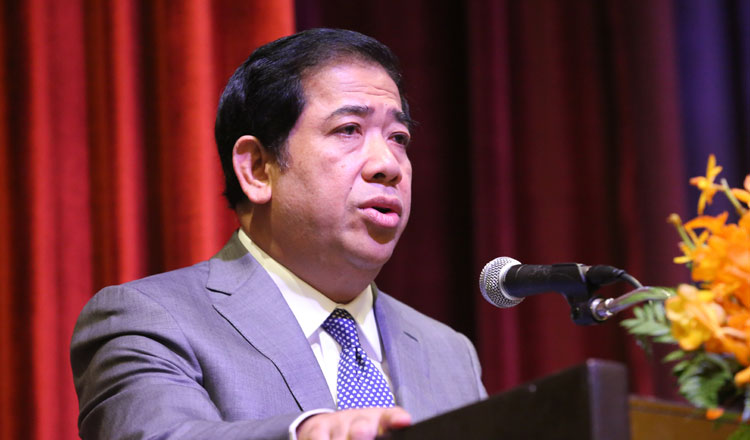Cambodia: Tax body provides clarity over VAT on sales of assets
The General Department of Taxation (GDT) has issued guidance concerning value-added tax (VAT) on sales of long-term tangible assets when businesses stop using these assets.
The guidance provides that the application of VAT on the sale of long-term tangible assets will follow the following rules.
A sale of long-term assets by an enterprise, including a grant as a donation, a supply that is under the market value or a transfer to another enterprise (except during a transfer of a business), is subject to VAT at a rate of 10 percent and the VAT assessment will be based on the fair market value of the asset.
According to the GDT, for long-term tangible assets that are “ceased to be used” in the business and if the long-term asset received an input tax credit at purchase, the asset will be treated as sold when the business ceases to use it.
“The asset will be subject to VAT at a rate of 10 percent of its fair market value at the time of cessation of use,” the GDT said.
The instruction also clarifies that if the long-term asset did not receive an input tax credit at purchase, it will not be treated as sold and will not be subject to VAT when it is no longer used by the business. However, the asset will be subject to the VAT rate of 10 percent when it is actually sold.
“Enterprises that make non-taxable supplies and the input tax credit was not allowed for the purchase of long-term tangible assets, are to impose VAT at a rate of 10 percent when they sell those long-term tangible assets,”
Clint O’Connell, Partner Head of Cambodia Tax & Customs Practice wrote by email that in brief the tax regulations in Cambodia provide that VAT must be applied on each taxable supply that a registered taxpayer makes.
“A taxable supply is defined as the supply of goods or services by a taxable person in Cambodia. So typically when a taxpayer disposes of a tangible asset, they need to account for VAT at that time,” he said.
He said under that scenario, a taxpayer does not need to account for VAT at the time they ceased to use the tangible asset, provided they did not claim a VAT input credit when they originally acquired the tangible asset.
“If the taxpayer did claim a VAT input credit when they acquired the tangible asset, then they would need to account for VAT at the time that they ceased to use it based on its fair market value,” he said.
The GDT’s new instruction replaces a previous instruction issued on May 5 concerning the VAT imposed on disposition of business assets.
Source: https://www.khmertimeskh.com/50740001/tax-body-provides-clarity-over-vat-on-sales-of-assets/


 Thailand
Thailand




